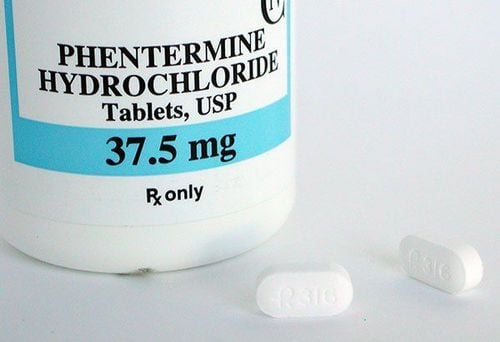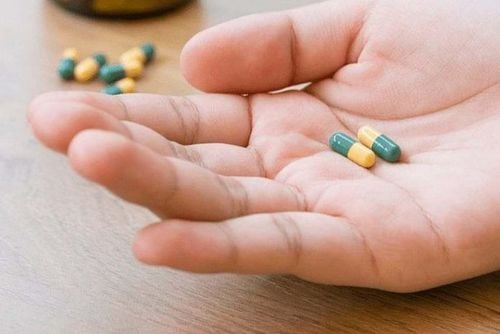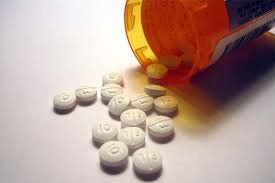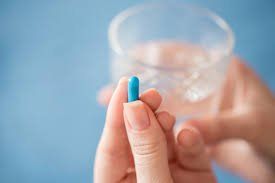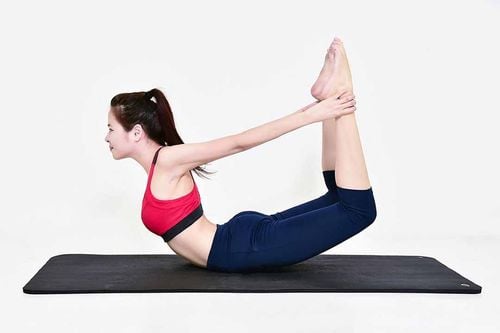This is an automatically translated article.
Regular exercise is important for good physical and mental health. Exercise can help stimulate the parts of your brain that don't respond when you're feeling down. It also promotes the release of good brain chemicals and helps you forget your worries and improves your confidence.
1. How does exercise affect the brain?
Depression is a mood disorder that causes persistent feelings of lethargy and sadness. It is a complex condition, with a number of factors contributing to the process. Changes in your brain's biochemistry may play a part in that process.
William Walsh, President of the Walsh Research Institute, a nonprofit mental health research organization in Illinois, says, “Simply put, most people with depression have some sort of problem with substance. chemistry in their brains. Life experiences can make things worse, but the main trigger is often chemicals.”
Depression can take a toll both physically and mentally. Today, depression remains the leading cause of disability worldwide with more than 300 million people living with it. However, there is little research linking lifestyle changes, such as more exercise, with reduced cases of the disease.
Now, a new study shows that increased physical activity can significantly reduce the risk of depression in people at low and moderate risk or with a higher predisposition to the disease.
Exercise can help relieve symptoms of depression in a number of ways. At the same time, exercise also helps stimulate the release of good brain chemicals.

Tập thể dục có thể giúp làm giảm các triệu chứng của bệnh trầm cảm theo một số cách.
1.1. Endorphins and other neurotransmitters
The first thing that comes to mind when it comes to exercise and depression is the release of endorphins when you exert yourself. Endorphins are a type of neurotransmitter, or chemical messenger, also known as the "happy hormone," that helps reduce pain and stress.
Endorphins are just one of many neurotransmitters released when you exercise. Physical activity also stimulates the release of norepinephrine, dopamine, and serotonin. These chemicals play an important part in regulating your mood.
Regular exercise can positively impact serotonin levels in your brain. Elevating serotonin levels boosts your mood and overall sense of well-being. It can also help improve your appetite and sleep cycle, which are often negatively affected by depression.
Regular exercise also helps balance the body's levels of stress hormones, such as adrenaline. Adrenaline plays an important role in your fight response, but too much adrenaline can be harmful to your health.
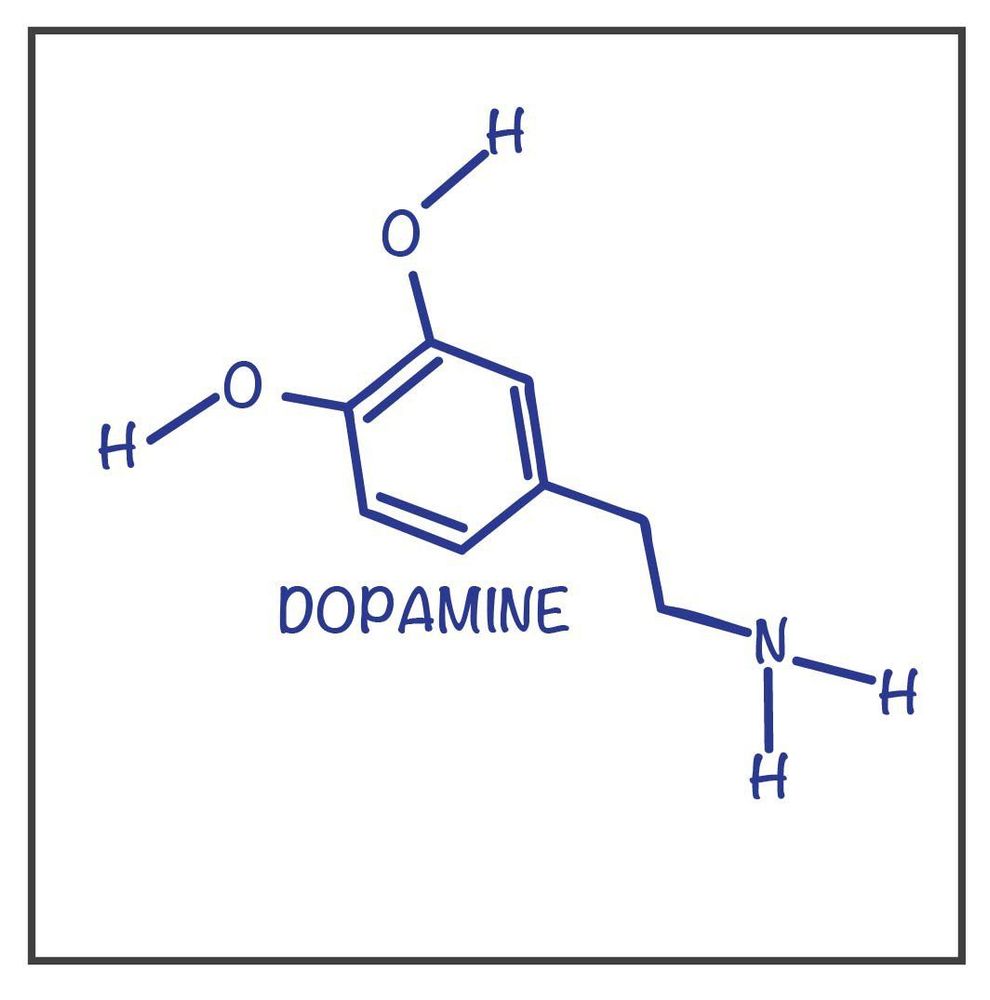
Tập thể dục giúp giải phóng “hormone hạnh phúc
1.2. Other mental health benefits of exercise
Exercise also has many mental health benefits. For example, focusing on the movement of your body during exercise can help distract you from other thoughts that upset you. Setting and accomplishing fitness-related goals can also boost your confidence and sense of control.
When you exercise with others, it can have social benefits that lift your mood. For example, consider taking a walk in the park, taking a yoga class, or joining a recreational sports team with friends or family members. Fitness classes can also be a good place to meet new people. You can enjoy the physical stimulation of a workout, while also receiving social stimulation.
In a study published in the Journal of Depression and Anxiety, researchers from Massachusetts General Hospital (MGH) found that incorporating more physical activity, whether it High-intensity dance, aerobic or yoga, or a lower-intensity walk for 4 hours per week (or about 35 minutes a day) can reduce the risk of depression by 17%.
To understand the impact of physical activity on depression, researchers studied the electronic and genetic health records of 8,000 patients in Partners Healthcare Biobank, a healthcare program in New York. England collects patient data from partner hospitals for research.
Participants provided blood samples and completed a brief survey, which included questions about their physical activity levels.
Over the next two years, the researchers also consulted millions of other health records to calculate the genetic risk of depression and the impact of physical activity on the disease.
People at high risk for depressive episodes are more likely to be diagnosed within 2 years. However, people who were more physically active had fewer signs of depression.
Dr. Jordan Smoller, senior author and associate director of research in MGH's Department of Psychiatry and professor of psychiatry at Harvard Medical School, said: "Depression is a public health problem and is is a major cause of human suffering, and research shows that it is in fact physical activity that can have a protective effect on us from depression." Even if you have a previous history of depression, he says, that doesn't negate this protective effect.
This study is the first to link exercise with a reduction in actual depressive episodes, even in people with a genetic predisposition to depression.
Even for people with a family history of depression, the researchers believe this study could provide mental health and primary care providers with an incentive. controllable statement that is not taking drugs to help reduce the risk of disease.
Dr. Smoller says: “You don't have to jog every day for 2 hours to get this benefit. Even if you go out for a half-hour walk every day, you can see some benefits.”

Những người hoạt động thể chất nhiều hơn có ít dấu hiệu trầm cảm hơn.
2. Build an exercise routine
Although exercise for any length of time can help reduce symptoms of depression, regular exercise is still best. Some exercises may be more beneficial than others.
Aerobic exercise was most associated with positive outcomes in depression treatment. Aerobic exercise increases your heart rate, which improves circulation in your brain. This helps promote healthy brain function and chemical balance in the brain. Aerobic exercise also offers many physical health benefits.
The Centers for Disease Control and Prevention recommends that most adults get at least 150 minutes of moderate-intensity aerobic activity each week. You can also achieve this goal by taking a brisk 30-minute walk around your neighborhood, five days a week. In addition, you can also choose other physical activities instead of aerobic such as swimming, cycling and playing basketball.
You should also schedule at least two sessions of muscle-strengthening activity per week. Weightlifting, yoga, and Pilates are examples of activities that strengthen your muscles.
Exercise has other health benefits, such as weight loss, blood sugar regulation, and it reduces the risk of heart disease. That's why it's never too late to start exercising, whether in your 20s, 30s, 40s or older. As long as you enjoy what you're doing, it can become part of your lifestyle and ultimately help you be happier, healthier, and live longer. In general, take the exercises easy, take them slowly, and don't be too hard on yourself. It is important that you enjoy the physical activity you have chosen.
When you first start an exercise program, you should plan a routine that is easy to follow and maintain. Once you start to feel comfortable with your exercise routine, you can then begin to vary your exercise timing and activities.
Some tips to help you get started exercising include:
Choose an activity you enjoy, that will make you feel happier and more excited to exercise. Include an exercise routine in your daily schedule. If you need a reminder, put it in your calendar. Variety of exercises. Make sure you vary your exercises so you don't get bored. Check your local gym or community center for exercise programs. Don't let exercise programs go bust. Unless you plan to use them often, avoid buying health club memberships or expensive equipment. Stick with exercise. If you exercise regularly, it will soon become part of your lifestyle and help ease your depression.

Tập thể dục nhịp điệu có liên quan nhiều nhất đến kết quả tích cực trong điều trị trầm cảm
3. What to do if it hurts when exercising?
Never ignore pain. You can stress and damage your joints and muscles if you continue to exercise while in pain.
If you still feel pain a few hours after exercising, you may have overworked and need to reduce your activity level. If your pain is persistent or severe, or if you suspect you have been injured, see your doctor.
If you can't exercise regularly, you can also try other tools to help improve your mood. Studies in meditation and massage therapy have demonstrated that these techniques can stimulate the release of endorphins, increase relaxation, and aid in improving mood.
4. Healthy Diet
A balanced diet is also important for good mental health. As complex carbohydrates and protein-rich foods can help improve your mood and focus. Food also provides the energy and nutrients needed to fuel your workout.
For a nutritious diet, eat a variety of vegetables, fruits, whole grains, low-fat dairy products, and protein. Don't eat a lot of foods high in refined sugar, saturated fat, or salt. Only drink alcohol in moderation.
A variety of factors can contribute to depression. Chemicals in your brain are an important factor. In many cases, you can change your brain chemistry with something as simple as regular exercise. 150 minutes of moderate aerobic exercise per week is an important part of staying healthy. It can boost your mood and energy, and strengthen your muscles, lungs, and heart.
If you suspect you have depression, talk to your therapist. They can recommend a variety of lifestyle changes, including changing your exercise routine. They may also prescribe and other treatments, such as medications, psychotherapy, or a combination of the two.
Whether you're experiencing a simple case of a sad Monday or more persistent symptoms of depression, exercise can help improve your mood.

Chế độ ăn uống cân bằng cũng rất quan trọng để có sức khỏe tinh thần tốt.
Please dial HOTLINE for more information or register for an appointment HERE. Download MyVinmec app to make appointments faster and to manage your bookings easily.
REFERENCES: healthline.com, webmd.com



